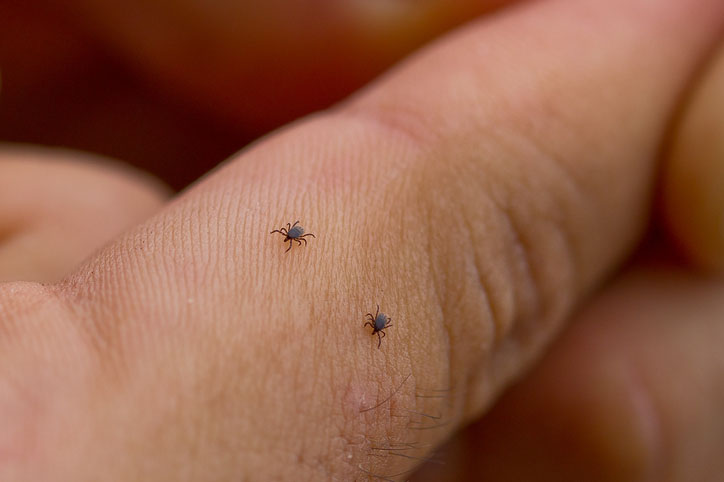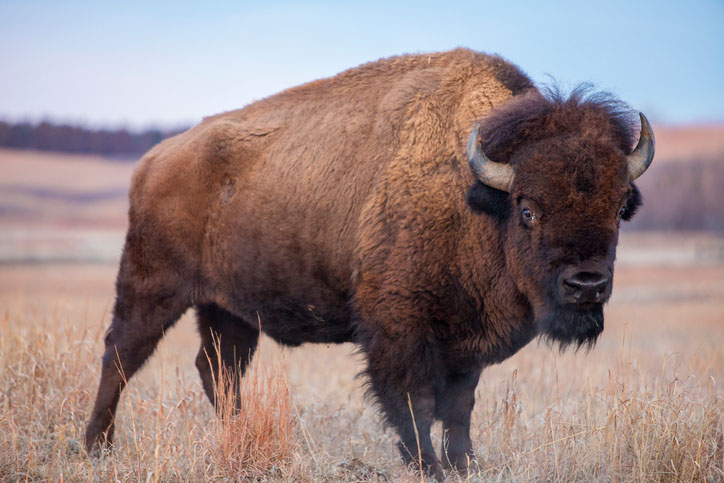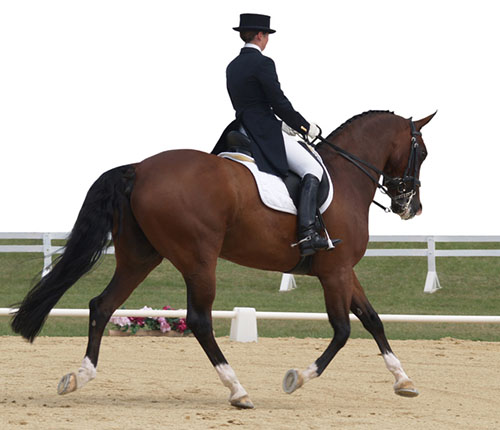Estimation of Age by Examination of the Teeth
- Dental Development
- Overview of Dental Development
- Estimation of Age by Examination of the Teeth
In horses, which have a hypsodont dentition, age can be estimated by the eruption times and general appearance of the (lower incisor) teeth. In other species with brachydont incisors, such as cattle and dogs, age determination is less accurate and is mostly based on dental eruption times.
Eruption of the Teeth a
Horses:
The most appropriate teeth to estimate age in horses are the (lower) incisors. It must be emphasized, however, that dental appearances are subject to individual and breed variations and to differences in environmental conditions. The deciduous incisors are smaller than the permanent ones, and the surfaces of their crowns are whiter and have several small longitudinal ridges and grooves. Eruption times are listed in Eruption of the Teeth a. Permanent incisors are larger and more rectangular in shape. Their crown surfaces are largely covered with cement and have a yellowish appearance. The upper incisors have two distinct longitudinal grooves on their labial surface, while the lower incisors have only one.
Equine incisor teeth develop certain wear-related macroscopic features traditionally used to estimate age. The dental star consists of yellowish brown secondary dentin that fills up the pulp cavity and appears at the occlusal surface as the tooth wears. Its shape and position, as well as the appearance of the “white spot” in its center, are related to age. The shape, size, and time of disappearance of both the infundibula or “cups” (funnel-like infoldings in the occlusal surface) and the “marks” (enamel infundibular bottoms) are additional but more variable indicators of age. Progressive dental wear causes an alteration of the occlusal shape of the incisors. The occlusal surfaces of recently erupted incisors are elliptical, but with age they subsequently become trapezoid, round, and then triangular, with the apex toward the lingual side. The curvature of the dental arch formed by the lower incisive tables is also age related. In young horses this arch is semicircular, whereas in older horses it forms a straight line. Additionally, the arch formed by the incisors of the opposing jaws (as they meet) changes as the teeth advance from their alveoli and undergo attrition. In young horses, the upper and lower incisors are positioned in a straight line. With increasing age, the angle between upper and lower incisors becomes more acute. The Galvayne’s groove and the “7-year hook,” which have traditionally been used as age indicators, are variable, inconsistent, and thus of little value for age determination in horses. The more useful signs are arranged chronologically in the following list:
Birth to 5 yr: Eruption of the Teeth a.
5 yr: The corners are erupting. Dental star in the central incisors.
6 yr: Dental star in the middle incisors. Cups gone from the central incisors.
7 yr: Dental star in the corners.
8 yr: The central incisors are trapezoidal and have a white spot in the dental star.
9 yr: The middle incisors are trapezoidal and have a white spot in the dental star.
10 yr: Cups gone from the middle incisors. Marks on the central incisors are oval-triangular.
11 yr: White spot in the dental star on the corners. Both the central and middle incisors have a lingual apex. The corners are triangular with a labial apex.
12 yr: Cups gone from all lower incisors.
14 yr: Marks on the central and middle incisors are small and round.
18 yr: Marks disappear from the central incisors.
20 yr: Marks are gone from the middle incisors and the corners.
Cattle:
Eruption times of incisors are the most reliable feature for age determination in cattle ( Eruption of the Teeth a). Although breed-related, eruption dates are more reliable for estimation of age than signs of wear, because macroscopic age-related dental features are scarce (dental stars) or absent (cups and marks) and because rate of wear is largely influenced by nutrition.
Birth to 5 yr:See table: Eruption of the Teeth a.
5 yr: All incisors in wear. Occlusal surface of the central incisors beginning to level.
6–7 yr: Central incisors are leveled and neck is visible.
8 yr: Middle incisors are leveled and neck is visible.
9−10 yr: Corners are leveled and neck is visible.
As cattle continue to age, the teeth wear shorter and more neck becomes visible; they loosen in the sockets and eventually drop out.
Dogs:
The following data were found reliable in ~90% of large dogs. There is more variation in small dogs (especially toy breeds) and in dogs with undershot or overshot jaws. Even, or level, bites usually result in excessive wear.
1½ yr: Cusps worn off lower central incisors.
1½–2½ yr: Cusps worn off lower middle incisors.
3½ yr: Cusps worn off upper central incisors.
4½ yr: Cusps worn off upper middle incisors.
5 yr: Cusps of lower corners slightly worn. Occlusal surface of lower central and middle incisors is rectangular. Slight wear of canines.
6 yr: Cusps worn off lower corners. Canines worn blunt. Lower canine shows impression of upper corner.
7 yr: Occlusal surface of lower central incisor becomes elliptical with the long axis sagittal.
8 yr: Occlusal surface of lower central incisor is inclined forward.
10 yr: Lower middle and upper central incisors have elliptical occlusal surfaces.
12 yr: Incisors begin to fall out (unless care has been taken to maintain healthy gingival and periodontal tissues).
- Dental Development
- Overview of Dental Development
- Estimation of Age by Examination of the Teeth





